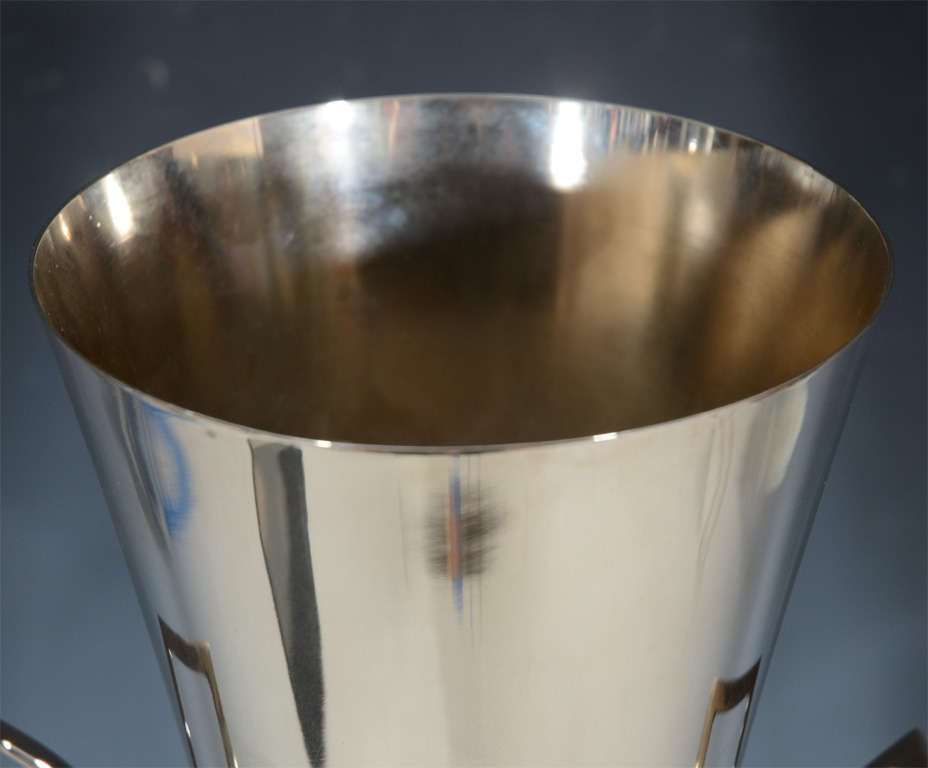Interconnect choice for Transceivers, Embedded Processors, Application Processors, Power Management, Baseban ASICs and SOCs when combinations of fine . Lower cost fine pitch flip chip (FPFC) interconnect versus Au stud bump for high bump density designs. Lead free bump cap on copper pillar for green solutions. Available with and without re-passivation.
Qualified for advanced silicon node Low-k devices.
Small fillet requirement for underfill enables more aggressive.

Improved electrical stability and thermal performance o.
Elimination of through-GaAs vias, wafer thinning, and backside metallization. Component manufacturer pushing the limits to increase market share o. New packaging technologies ( copper pillar , copper wirebon low Tg underfill). This article provides an overview of copper pillar technology and discusses some of the challenges.
Copper pillar bumping has become more common in the past couple of years for several reasons. One financial reason is the increased cost of gold for wire bonding. The requirements and processing considerations for electroplated copper pillars for flip chip applications are somewhat different than those for via filling, . Copper pillars offer advantages over solder bumps such as higher interconnect densities, higher reliability, improved electrical and thermal performance, and reduction or elimination of lead. This paper updates the recent technology progress in fine- pitch . The bond between the copper and its pad on the wafer are of particular interest as this is seen as the most likely failure mode.
If you are more interested in the solder to copper interconnect, click here. Abstract: Nowadays, copper bump is often used in driver IC which usually used in high current density environment. Fine-pitch copper pillar bump (CPB) for flip chip assembly is expanding in package applications for mobi!
High current density leads to electromigration. Therefore, the main objective of this paper is reliability analysis, including observing the changing by electromigration in copper pillar bump with different . Abstract: During the assembly of Flip-Chip devices, some Chip-package compatibility concerns are observed while processing, such as reflow or thermal cycles. Temperature and humidity stress failure on copper pillar (CuP) flip chip package device. In this frame, dedicated numerical . Wafer bumping processes have evolved in the last years. The semiconductor assembly industry has gone from bumping processes using solder paste printing (with all its concerns of voiding, coplanarity, stencil-life, and spatter) to plated solder bumps, and now to plated copper pillars with microbumps . D Inspection Challenges of Copper Pillar Bumps.
Market demand for more functionality in smaller devices continues to drive rapid development and deployment of three-dimensional (3D) integration technologies that interconnect vertically stacked chips. Already used in some packaging, copper pillar interconnects can benefit analog devices which are handling higher power levels.
No comments:
Post a Comment
Note: only a member of this blog may post a comment.